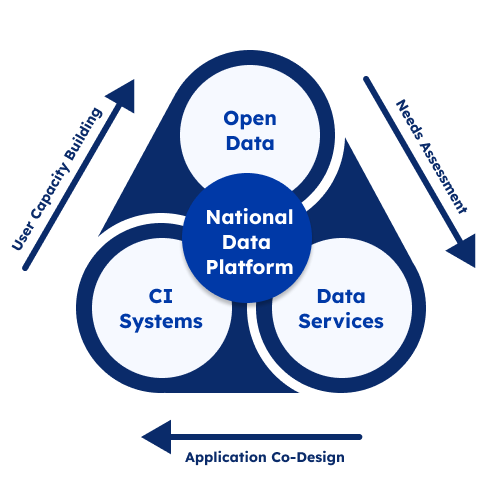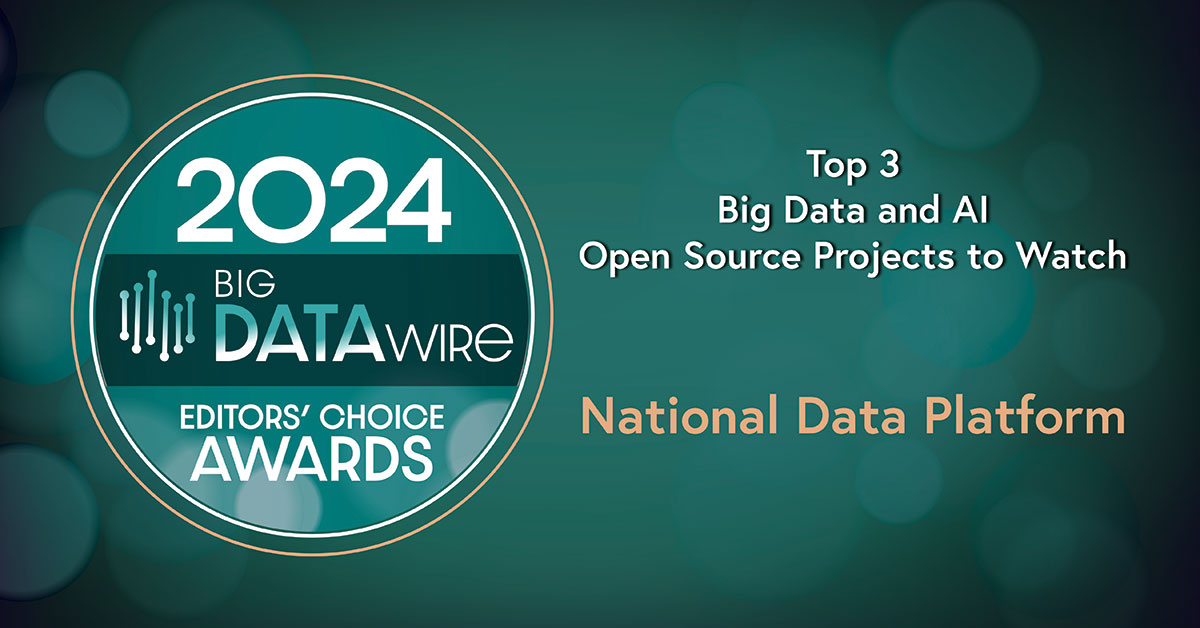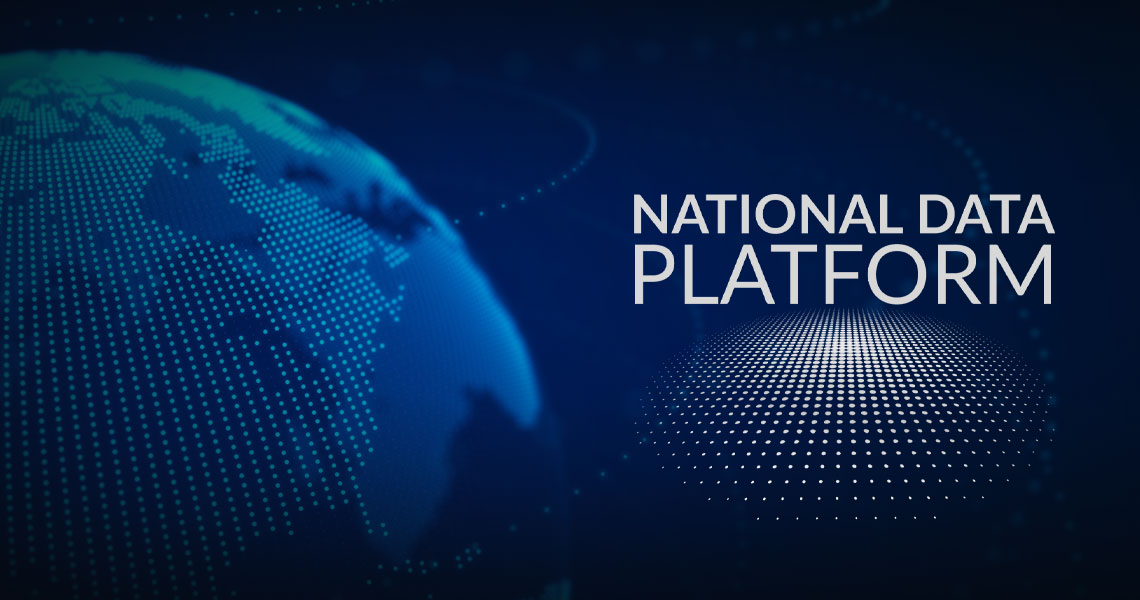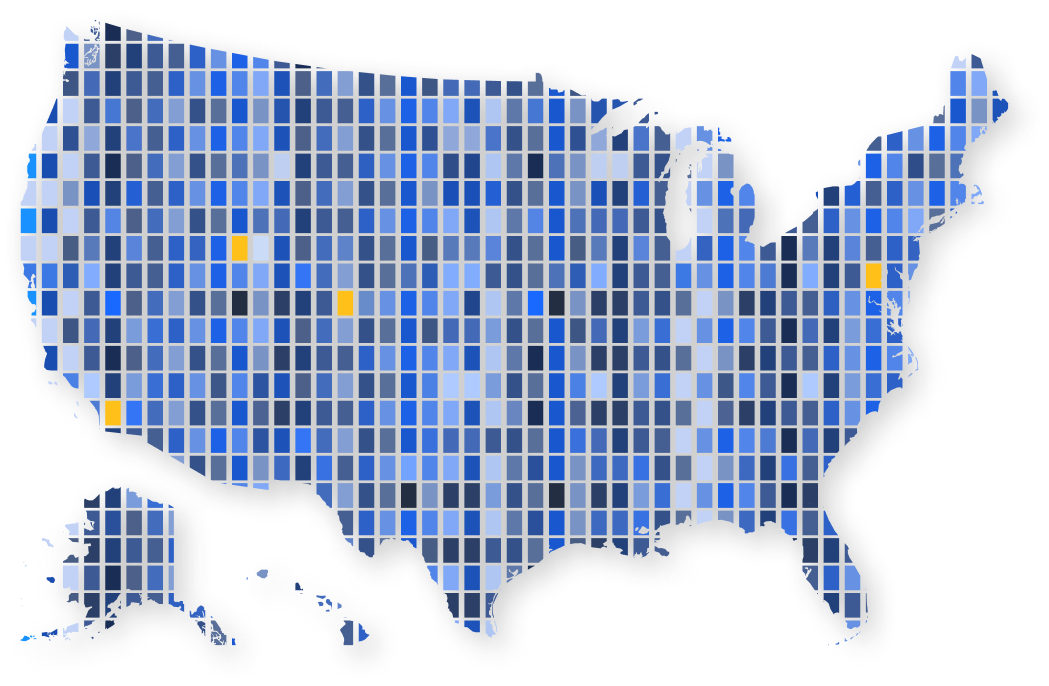What is the National Data Platform?
The National Data Platform, or NDP, is a federated and extensible data ecosystem to promote collaboration, innovation, and use of data on top of existing cyberinfrastructure capabilities.

Soon you will be able to ...
Explore AI services and data collections
Search through a rich collection of open data and AI services spanning diverse applications.
Use and create data and AI services
Dive straight into the data within your browser and run analyses on scalable computing platforms.
Learn AI through data projects and challenges
Join activities hosted by professors and organizations and practice your AI skills using real-world data.
Host public or private educational activities or capstone projects
Host data projects to supplement your classroom teaching with applicable real world data.
User Stories

4 MIN READ
NDP in Action: Astronomical Data of Astronomical Size
Big data can be transformative, but it can also be challenging to manage. How do researchers access, share, and work with datasets that measure ...
News Highlights


San Diego Supercomputer Center Receives Honors in 2024 BigDATAwire Readers’ and Editors’ Choice Awards


Broadening Access to Bridge the Gap between Data Innovation and Computing Infrastructure
Join Our Mailing List
Big updates are coming soon, and we will be looking for beta testers for the website. Stay in the loop for the latest updates.

Contact - ndp@sdsc.edu
The National Data Platform was funded by NSF 2333609 under CI, CISE Research Resources programs. Any opinions, findings, conclusions, or recommendations expressed in this material are those of the author(s) and do not necessarily reflect the views of the funders.





